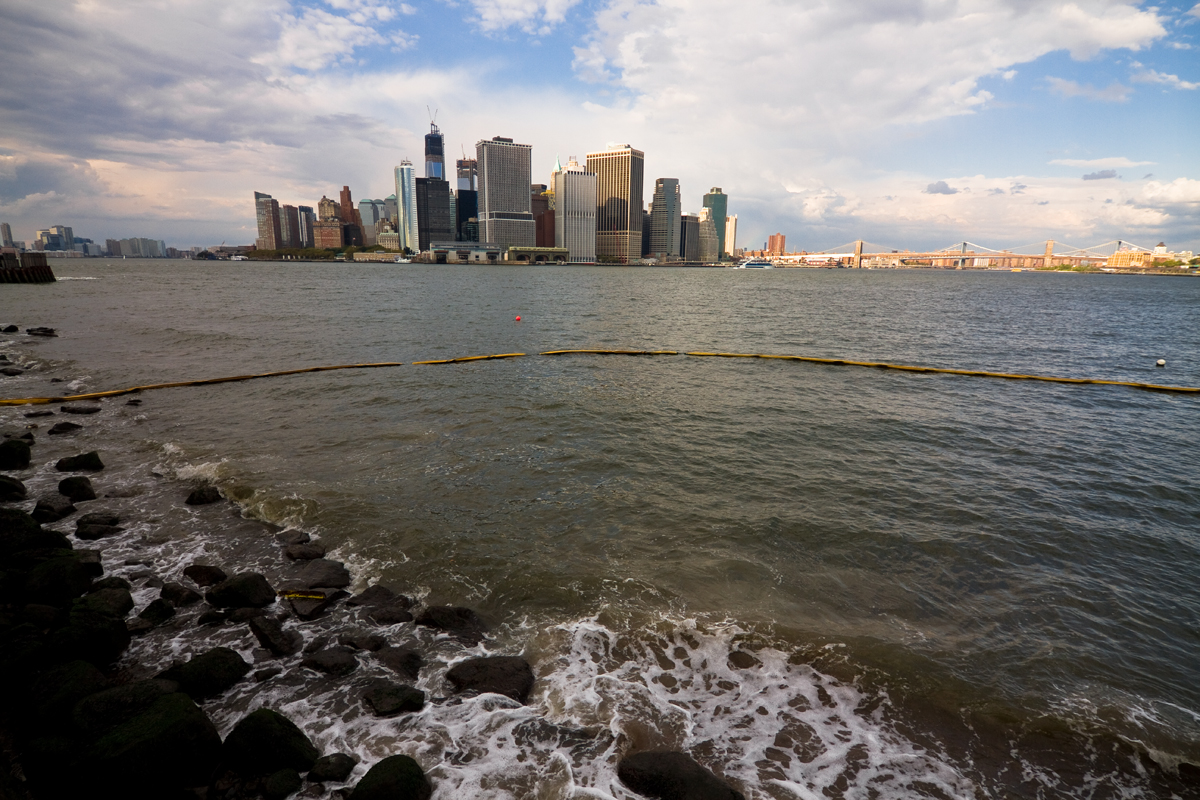Preparing for the Rising Tide: NOAA's Climate Work in Action
Predicting, Responding to, and Preparing for the Impacts of Climate Change.

Impacts from climate change are numerous and varied—from increasing temperatures and sea level rise, to the ever-increasing onslaught of natural disasters such as hurricanes and wildfires. What these impacts do have in common, is that they’re happening right now and they affect ecosystems and communities in the U.S. and around the world.
Coastal environmental health is closely linked to sea level. With rising sea levels come impacts to coastal infrastructure, loss of land, marsh migration, flooding impacts on land and infrastructure, social and economic impacts, saltwater intrusion, bank and bluff failure, and coastal erosion. At the root of the problem of sea level rise—the melting of ice in the Arctic—the risk of pollution that comes with the opening of an Arctic trade route is yet another impact.
Over the next two weeks, we’ll share some of the ways NOAA monitors and predicts the impacts of climate change, how we respond to existing impacts such as flooding and hurricanes, and how we’re preparing for future impacts such as the opening of the Arctic trade route and solutions, like using restoration as a preparedness technique.
Restoration for the Rising Tide
In this blog, learn more about the different types of restoration used to help recover from and mitigate the impacts of severe storm events, and coastal pollution. Read the full blog here.
Map of the Month: Sea Level Rise
This animated map of Fulton Street in New York City shows several things: 1. Projected sea level rise of six feet, 2. Potential toxic hazards, like generators, that could pose problems during flood events, and 3. Where projected sea level rise and these hazards overlap. View the map here.
Building Back Better: Integrating Risk Reduction into Recovery with Nature-Based Solutions
In this blog, learn more about how building back better after disasters can help prevent future impacts. Read the full blog here.
How Will Climate Change, New Technologies, and Shifting Trade Patterns Affect Global Shipping?
In this flashback guest blog from our partners at the University of Washington, learn more about how the opening up of a new trade route in the Arctic brings with it new risks. Read the full blog here.
A Sense of Urgency in the Bering Sea
In this guest blog, Alaska Sea Grant is a coastal community resilience specialist Davin Holen writes about the impacts climate change has on native communities in Alaska. Read the full blog here.
Living Shorelines: A Sound Investment
In this guest blog from Restore America's Estuaries President and CEO Daniel Hayden, learn more about how living shorelines can be used to help protect against the impacts of sea level rise and coastal erosion. Read the full blog here.
The Dangers of Storm Surge and Flooding
With climate change comes an increased frequency in extreme weather events, such as hurricanes. In this blog from the Disaster Preparedness Program, Charlie Henry talks about the dangers of storm surge flooding. Read the full blog here.
Communicating Risk Around Climate Change
There are many aspects to consider when it comes to preparing communities for climate change. One that none of us should consider shortchanging is the need to update our risk communication skills. In this guest blog from NOAA's Office for Coastal Management, learn more about the importance of risk communications in the climate crisis. Read the full blog here.
Read more:
- How Will Climate Change, New Technologies, and Shifting Trade Patterns Affect Global Shipping?
- University of Washington Helps ITOPF and NOAA Analyze Emerging Risks in Marine Transportation.
- April Showers Bring ... Marine Debris to Pacific Northwest Beaches?
- Preventing and Preparing for Oil Spills in the Arctic.
- Redrawing the Coast After Sandy: First Round of Updated Environmental Sensitivity Data Released for Atlantic States.
- A Trip to the Arctic, Where Shrinking Ice Is Creating Bigger Concerns.
Resources:
- NOAA Education: Climate Change Impacts.
- NOAA Climate.gov.
- NOAA Office for Coastal Management: Climate Change Predictions.
- NOAA Tides and Currents: Sea Level and Coastal Flooding Information.
- NOAA Sea Grant: Community Resilience from Start to Finish.
- U.S. Climate Resilience Toolkit.
- U.S. Global Change Research Program.
- NASA: Global Climate Change.
- EPA: “Climate Change: An EPA Priority.”
